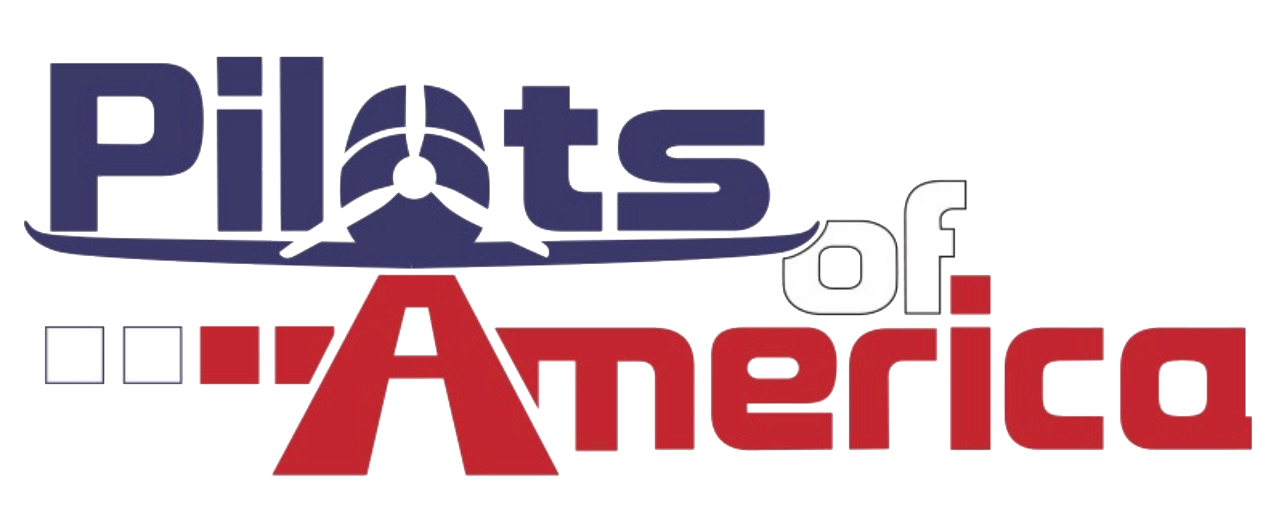I’ll stick with helos. Can’t go high enough to get into the hazards of radiation. Then again, can’t get high enough to get out the hazards of breathing smog. Screwed either way I guess.
Though it's a cumulative effect when it comes to cosmic radiation, at 10,000 feet and below it provides an occupational atmospheric insulation similar to working a pedestrian job. Diurnal schedules are also more benign on that front. For the purposes of cosmic radiation, flying helos, or even my own job as a trainer pilot (with vertical and duration profiles equivalent to that of a skydiving King Air pilot) are pedestrian jobs. Mainly due to lack of fire control radar.
To wit, the people flying the highest paying equipment (high, night, long, at the same time), are also the ones at the largest overall exposure to occupational cancers. Some people might think well that's ok, "a pound for your flesh" Faustian bargain type of thing. Which is why, adjusted for incomes, the overall worst off are military aviators in fire control radar equipped aircraft, who are not paid particularly well for civilian equivalent standards (in present circumstances) and have even greater exposure due to radar and less stringent environmental exposure standards when downrange. Brings a whole new meaning to indentured servitude. At any rate, the military continues to deny the correlation to cancer under the misunderstood generality that non-ionizing radiation is not carcinogenic, but I've yet found a set of parents willing to raise their children in a homestead where a high power radar emitter is parked on the adjacent lot. Do as I say not as I do type of thing coming from uncle sammy.
There's some ongoing research on how RF radiation attenuates and distorts our brain's magnetic field, latter which underlies our ability to make cognitive processing tasks, and how a chronic persistence of high powered RF emission through our nugget can in fact alter our ability to cell repair in older age, which is ultimately the underlying theory of how non-ionizing radiation can in fact be carcinogenic. People usually retort about cell phones, but that's a joke, as it's understood it is the high powered nature of the emission here that is of consequence. Even a cell phone stuck to your ear doesn't create the level of concentrated emission that a pilot in a cockpit with an AESA radar between your legs or behind and top of your nugget is exposed to.
In the case of fighters, the gold lining coating of bubble canopies in order to attenuate adversary radar return, acts as a greenhouse of RF from one's own radar, that effectively radiates you in a concentrated fashion (due to the lens geometry of the canopy) for hours upon hours upon years upon decade, depending on the pilot's career progression.
The healthiest airline flying from an occupational standard, is the non-redeye regional flying. DL 717 would be the best paying one, and the one I'd pick if I had to. And of course, the lower your block time over a career, the better.
